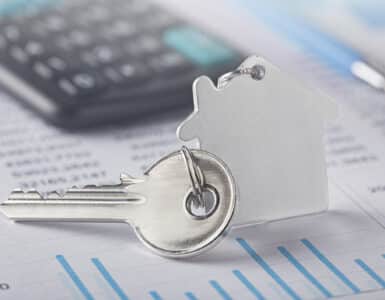The backbone of a good budget is a strong grasp of your fixed and variable expenses. Not sure how to do that? We’re here to help.
Fixed Expenses
Fixed expenses are those that remain relatively static from month-to-month. So this category includes things like phone and cable bills, mortgage or rent, health insurance, subscription services like Netflix, student loan payments, car insurance and more.
How to Lower Fixed Expenses
The key to lowering fixed expenses is to shop around. Try cancelling your cable and switching to streaming only. Call your phone company and ask what kind of deals they have. If it makes sense financially, look into refinancing your mortgage. Compare and contrast new health plans to see if you can get a better rate. While the term “fixed expense” seems daunting, there are ways to reduce those costs. You just have to be willing to put in some work to make it happen.
Variable Expenses
Unlike fixed expenses, variable expenses include things that can shift wildly from month-to-month. This category includes groceries, dining out, entertainment, your electric bill, gas, pet supplies and more.
How to Lower Variable Expenses
In some ways, lowering variable expenses can be more difficult than lowering fixed expenses. That’s because making a change in the former sometimes requires changes to your lifestyle. You might need to cut back on dining out. You could disable the stored credit card info on your computer and phone so that buying items online is more difficult. The key here is to go through these variable expenses — tracking them for a month will help you get a grip on them — and cut back where you can. Every little bit will help.






